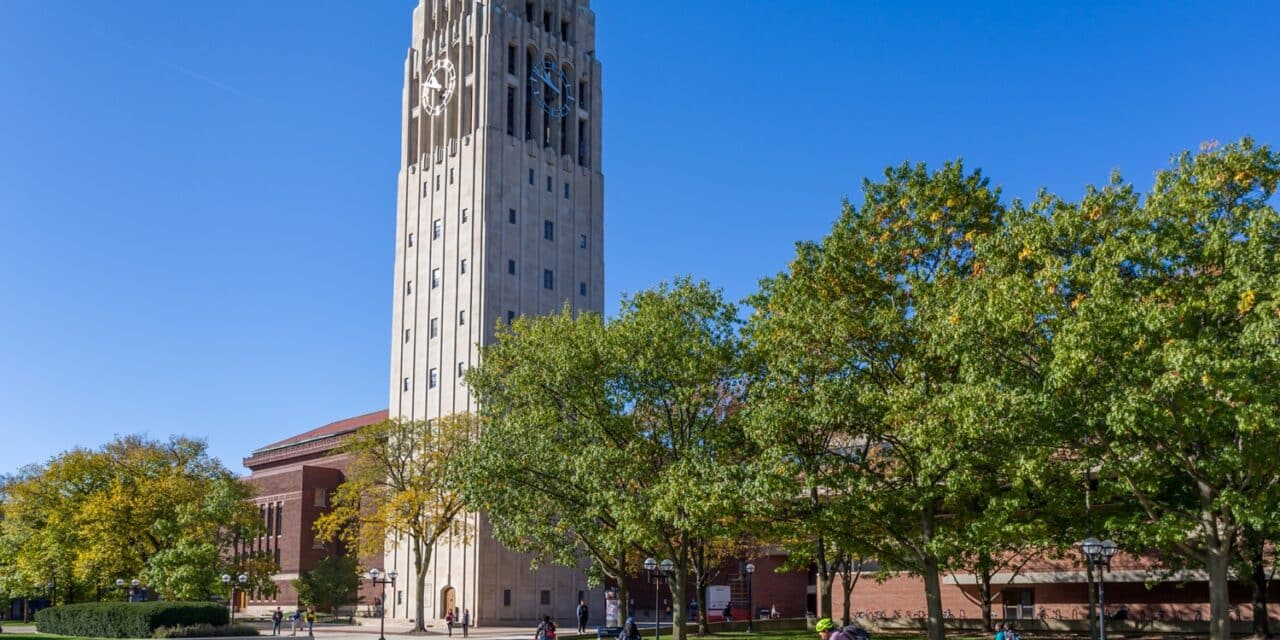Summary: The U.S. Career Institute named the University of Michigan the top dental school in the country. The University of California, San Francisco (UCSF) and Harvard University ranked second and third, respectively, based on factors like academic reputation, research impact, and international partnerships.
Key Takeaways:
- The University of Michigan scored 84.2 on the index, leading the nation in dental education.
- UCSF and Harvard University ranked second and third, respectively, for their comprehensive and prestigious dental programs.
The U.S. Career Institute has ranked the University of Michigan as the best dental school in the country. This recognition is based on a comprehensive analysis of various factors that contribute to the quality of dental education.
Factors Considered in the Ranking
The U.S. Career Institute evaluated schools on several criteria, including academic reputation, employer reputation, citations per paper, H-index citations (which measure the impact of an academic’s most cited papers), and international research network capabilities. These factors were combined into an index, scoring institutions out of 100 to determine the best dental schools.
Top-Ranked University: University of Michigan
The University of Michigan, located in Ann Arbor, topped the list with an index score of 84.2. Known for its strong academic programs and vibrant campus life, the University of Michigan is one of the top public universities in the nation. Its School of Dentistry is highly regarded, providing excellent dental education and training.
Second and Third Place Rankings
The University of California, San Francisco (UCSF), ranked second with an index score of 80.2. UCSF has a long history in healthcare advancements since its founding in 1873, and its dental program, established in 1881, offers extensive coursework in anatomy, oral pathology, and dental materials.
Harvard University in Boston, Massachusetts, secured third place with an overall index score of 77.5. Founded in 1636, Harvard has a competitive acceptance rate of around 5% to 6% and offers a comprehensive dental education program that integrates classroom learning, clinical experience, and research opportunities.
“Dentistry is undoubtedly one of the most difficult degrees to achieve and is much longer than other typical degrees,” said Holly Cook, vice president of marketing at U.S. Career Institute. “Still, it can lead to so many different branches of specialization within the sector, from endodontists to oral and maxillofacial surgeons, there are always new challenges and jobs on the rise.”








